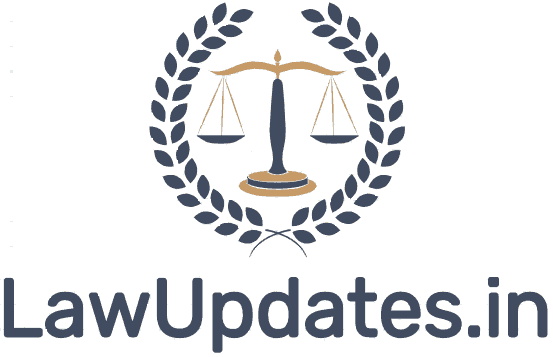Supreme Court On Monday Has Issued Series of Directions for Functioning all Courts via Video Conferencing.
The Bench Consisting of Chief Justice S A Bobde, Justices D Y Chandrachud and L Nageswara Rao Issued various directions in a suo moto case pertaining to Guidelines for the functioning of Courts via Video Conferencing during the COVID-19 lockdown.
The Bench Remarked that ‘Access to justice is fundamental to preserve the rule of law in the democracy envisaged by the Constitution of India. The challenges occasioned by the outbreak of COVID-19 have to be addressed while preserving the constitutional commitment to ensuring the delivery of and access to justice to those who seek it. It is necessary to ensure compliance with social distancing guidelines issued from time to time by various health authorities, Government of India and States. Court hearings in congregation must necessarily become an exception during this period.’
It was Further Remarked that Faced with the unprecedented and extraordinary outbreak of a pandemic, it is necessary that Courts at all levels respond to the call of social distancing and ensure that court premises do not contribute to the spread of virus. This is not a matter of discretion but of duty.
The Bench Issued the Following Directions for Doing Complete Justice:
- All measures that have been and shall be taken by this Court and by the High Courts, to reduce the need for the physical presence of all stakeholders within court premises and to 4secure the functioning of courts in consonance with social distancing guidelines and best public health practices shall be deemed to be lawful;
- The Supreme Court of India and all High Courts are authorized to adopt measures required to ensure the robust functioning of the judicial system through the use of video conferencing technologies;
- Consistent with the peculiarities of the judicial system in every state and the dynamically developing public health situation, every High Court is authorised to determine the modalities which are suitable to the temporary transition to the use of video conferencing technologies;
- The concerned courts shall maintain a helpline to ensure that any complaint in regard to the quality or audibility of feed shall be communicated during the proceeding or immediately after its conclusion failing which no grievance in regard to it shall be entertained thereafter.
- The District Courts in each State shall adopt the mode of Video Conferencing prescribed by the concerned High Court.
- The Court shall duly notify and make available the facilities for video conferencing for such litigants who do not have the means or access to video conferencing facilities. If necessary, in appropriate cases courts may appoint an amicus-curiae and make video 5 conferencing facilities available to such an advocate.
- Until appropriate rules are framed by the High Courts, video conferencing shall be mainly employed for hearing arguments whether at the trial stage or at the appellate stage. In no case shall evidence be recorded without the mutual consent of both the parties by video conferencing. If it is necessary to record evidence in a Court room the presiding officer shall ensure that appropriate distance is maintained between any two individuals in the Court.
- The presiding officer shall have the power to restrict entry of persons into the court room or the points from which the arguments are addressed by the advocates. No presiding officer shall prevent the entry of a party to the case unless such party is suffering from any infectious illness. However, where the number of litigants are many the presiding officer shall have the power to restrict the numbers. The presiding officer shall in his discretion adjourn the proceedings where it is not possible to restrict the number.
These directions shall operate until further orders.
Read Order Here:

![SC Issued Directions for Functioning of all Courts via Video Conferencing [Read Order] 1](https://lawupdates.in/wp-content/uploads/2020/02/supremecourt1-ke4G-621x414-1.jpg)



2 thoughts on “SC Issued Directions for Functioning of all Courts via Video Conferencing [Read Order]”